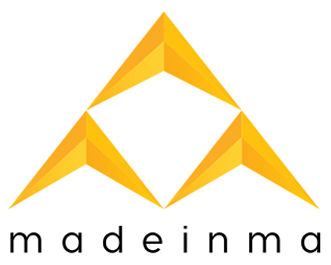دسته بندی / Projects / Architectural Design / Projects / Construction & Development / Projects / Parametric Design / Projects
-
|Foodland|
Karbala foodland project is a unique multi brand foodhall in the heart of Iraq. This complex offers a variety of spaces to it’s costumers … A very initial argument in this project is the culture and the climate versus the subject! These two elements and the nature of foodhall suggest a dynamic space with high privacy structure and appropriate for this warm and dry climate!
In the exterior a shader design with engineered arrangement for natural ventilation could be found in this region traditional architecture … A bright colour both increase the eye attraction and decrease the heat absorption …ژانویه 13, 2021 -
Arch(k)inetic
Introduction Energy efficiency and sustainability are of fast growing importance in contemporary architecture, consequently the demand for adaptive building envelopes is increasing. Until now kinetic and adaptive building systems are mostly utilised…
ژانویه 13, 2021 -
Comstruct
ComStruct was a two-week workshop on computational structures as form generators which took place in summer of 2015 and aimed to explore the material behavior, directionality of elements, as well as understanding…
ژانویه 13, 2021 -
Tikish
This project is shaped at the intersection of technology as a new method of construction and the collective memory of the habitats of the region regarding the architecture!Therefore; this course focused on…
ژانویه 13, 2021 -
Dragon – Pods
Dragon.[pod]New solutions for habitable spaces on “Mars” has pushed boundaries:Designing life capsules with the capability to simulate earth conditions is the main criteria to follow as design principle.These “Modular Life Pods” are…
ژانویه 13, 2021 -
-
Emam SQR “Tree of life”
Adopted from the movie “The fountain” this ornament has been proposed for a cultural square.The form is a metaphoric tree and the pattern transition works both structurally (lightening the upper parts) as…
ژانویه 13, 2021 -
-
How we build
https://www.youtube.com/watch?v=12oynGTjYKs&t=109sدستهها
- Architectural Design
- Architecture
- Awards
- Competitions & Awards
- Construction
- Construction & Development
- Courses & Workshops
- Fabrication & Production
- Industrial Design
- Interior Design
- New Buildings
- News
- Parametric Design
- Photography
- Projects
- Research & Development
- Services
- slider
- Testimonial
- Tools
- Uncategorized
- Web-design












